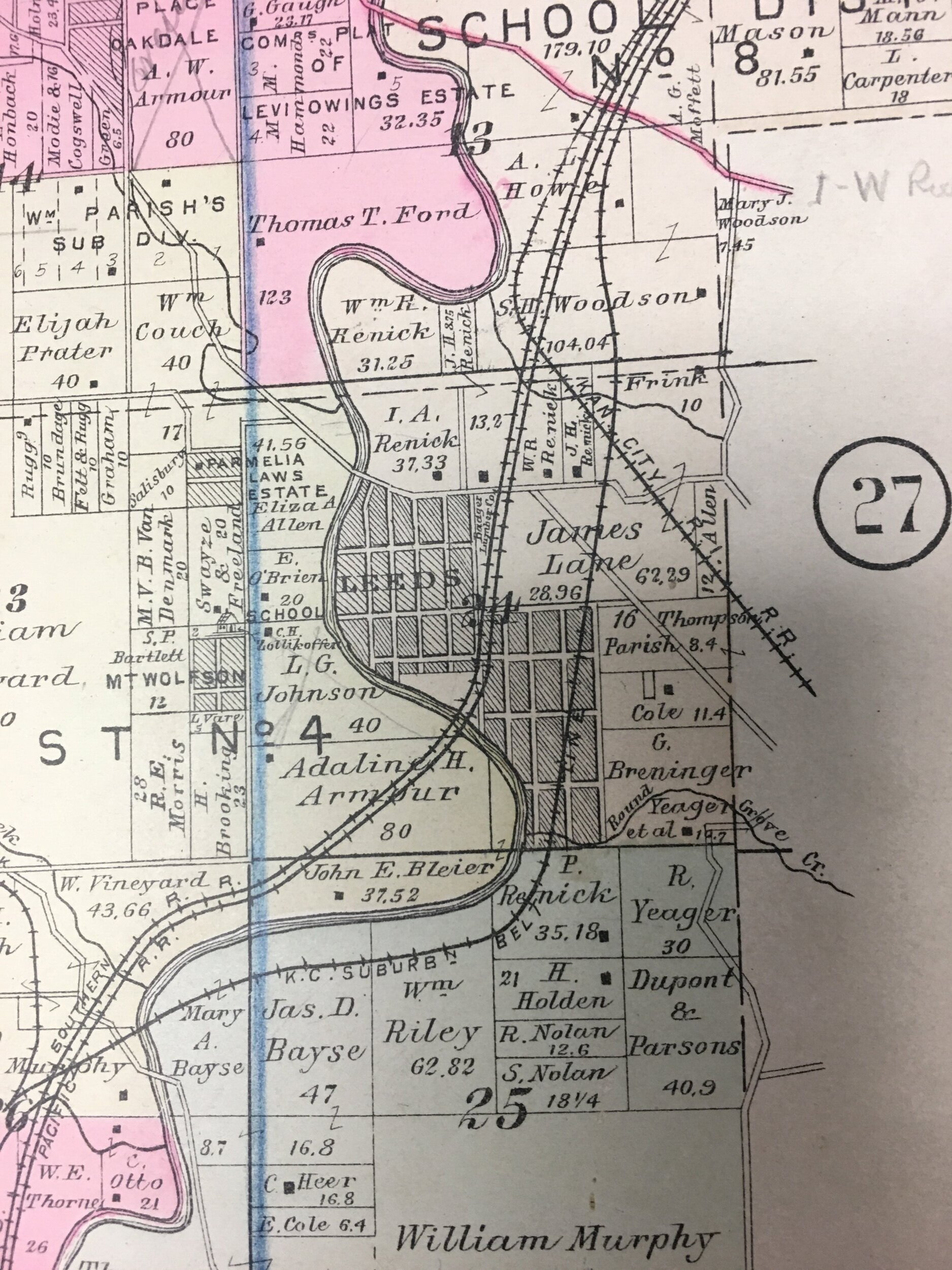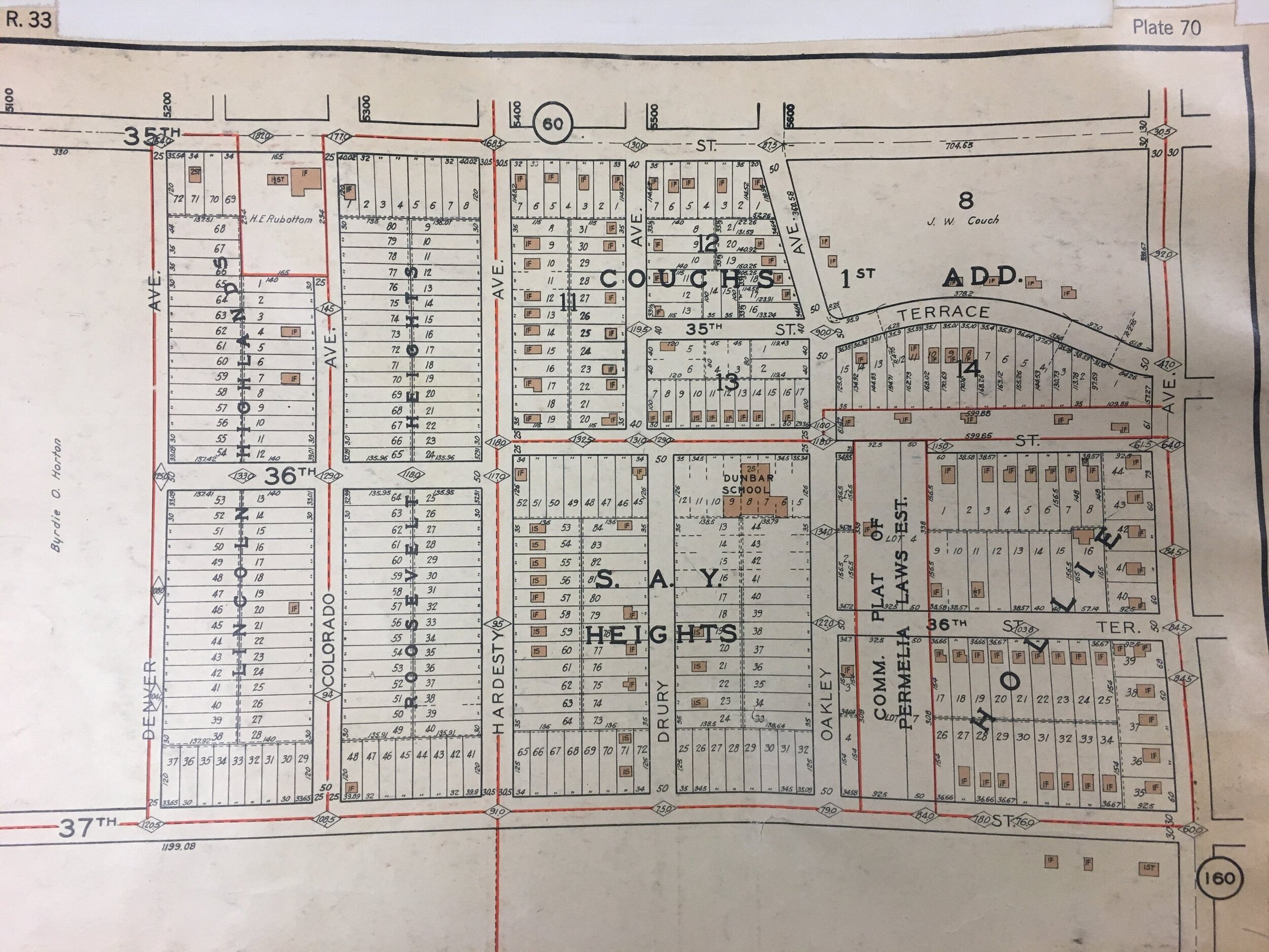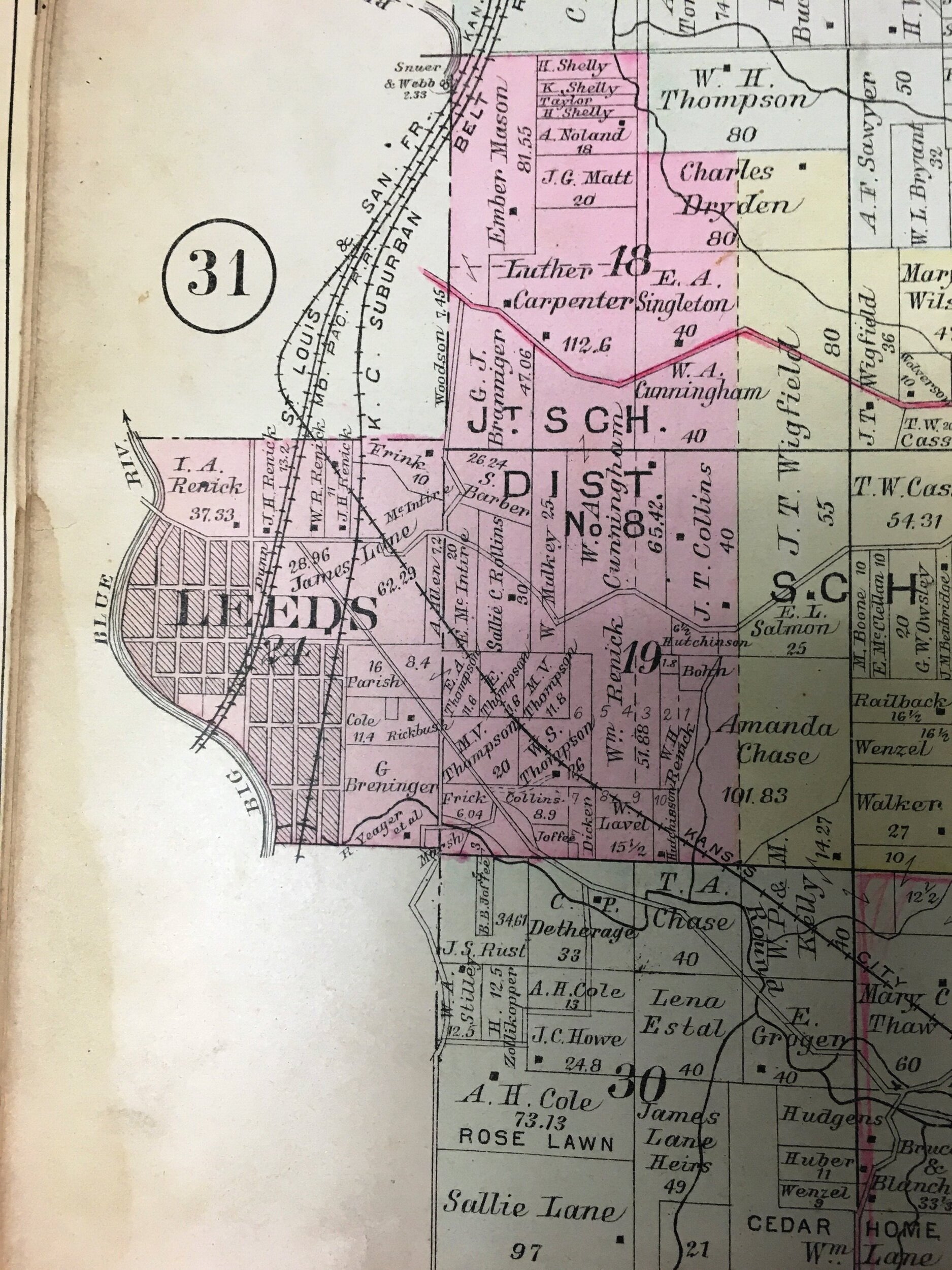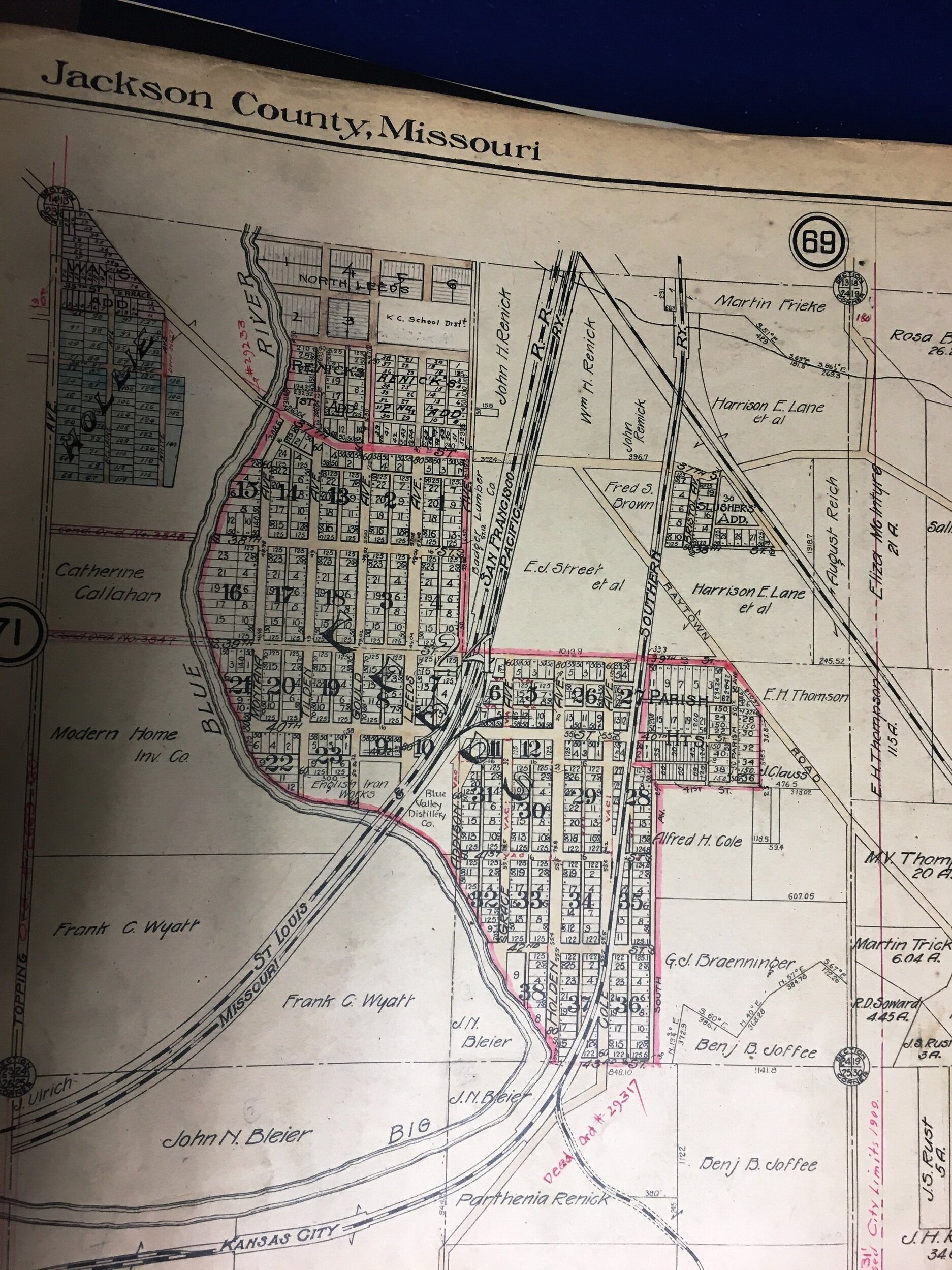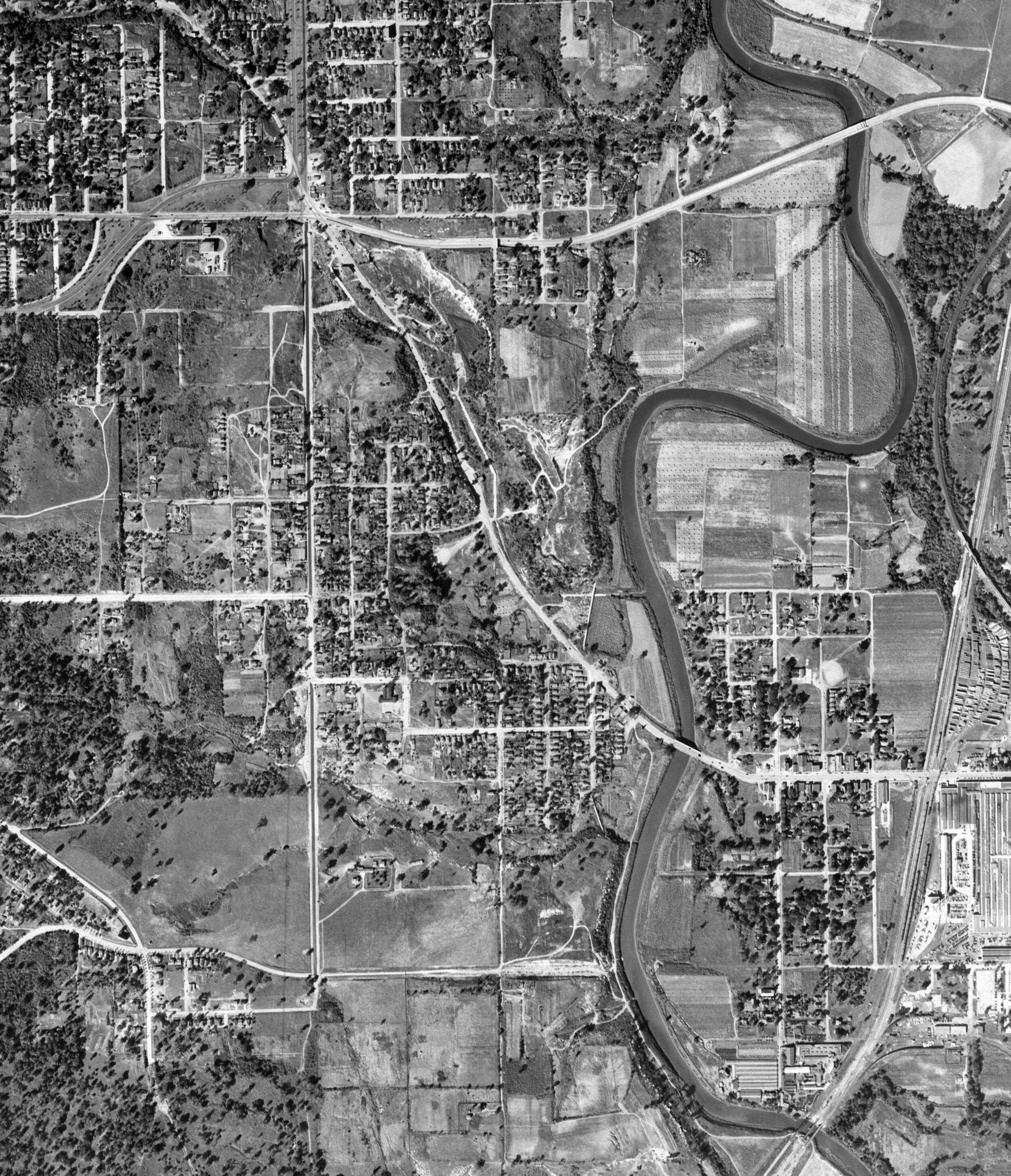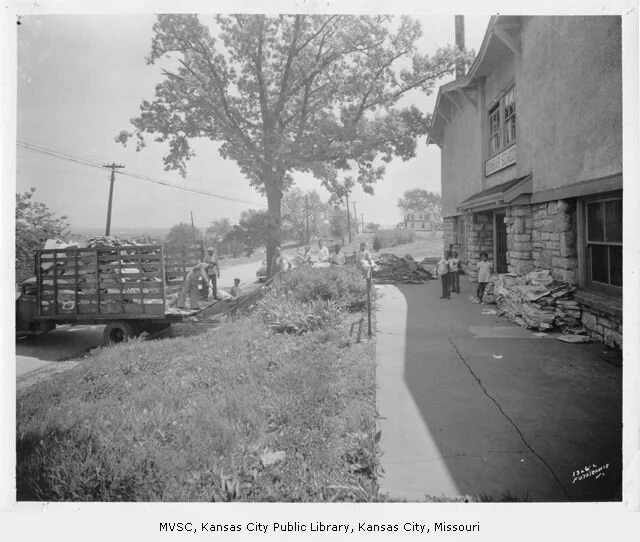
leeds/dunbar neighborhood
leeds/dunbar neighborhood
The Leeds-Dunbar neighborhood is located adjacent to the Blue River and was founded as a manufacturing area in 1889. The area was mostly a predominately white industrial community until the early twentieth century when African Americans, with fewer options to own land in Kansas City, moved into the neighborhood because realtors were willing to sell to them. While most residences were small, two-room bungalows — many without electricity, running water and other modern amenities — they were affordable.
In 1917, the Dunbar School was established and named after the black poet Paul Laurence Dunbar. Leeds saw a period of prosperity following World War II with more residents finding work in nearby manufacturing plants and homes in the black neighborhoods had indoor plumbing and running water. After 1950, many residents sought better housing in the suburbs and as vacancies increased, the area gradually fell into decline and over time, many of the original buildings were razed.
Dunbar School, 1942
“African American people migrated from the south east coast by any means, and settled in this area early 1900’s. The area was like a piece of heaven to its people. The land was farmed for vegetables, some sold for financial support to pay the mortgage, some for sharing with the next door neighbor, and some preserved for winter use.
The meat source was hunted rabbits, squirrels, beavers, possums, ‘coons (and everything smothered in gravy). Chickens in the yard meant fresh eggs every morning in the skillet. Eggs chosen for reproduction in the incubator hatched the cutest little chirping chickens all soft and yellow. The Little Blue River - with the help of a good fisherman - supplied fish, turtles, frogs, and the nearby creeks where we swam - or tried to swim - had big, plentiful crawdads.”
— Ada Shaw, resident
